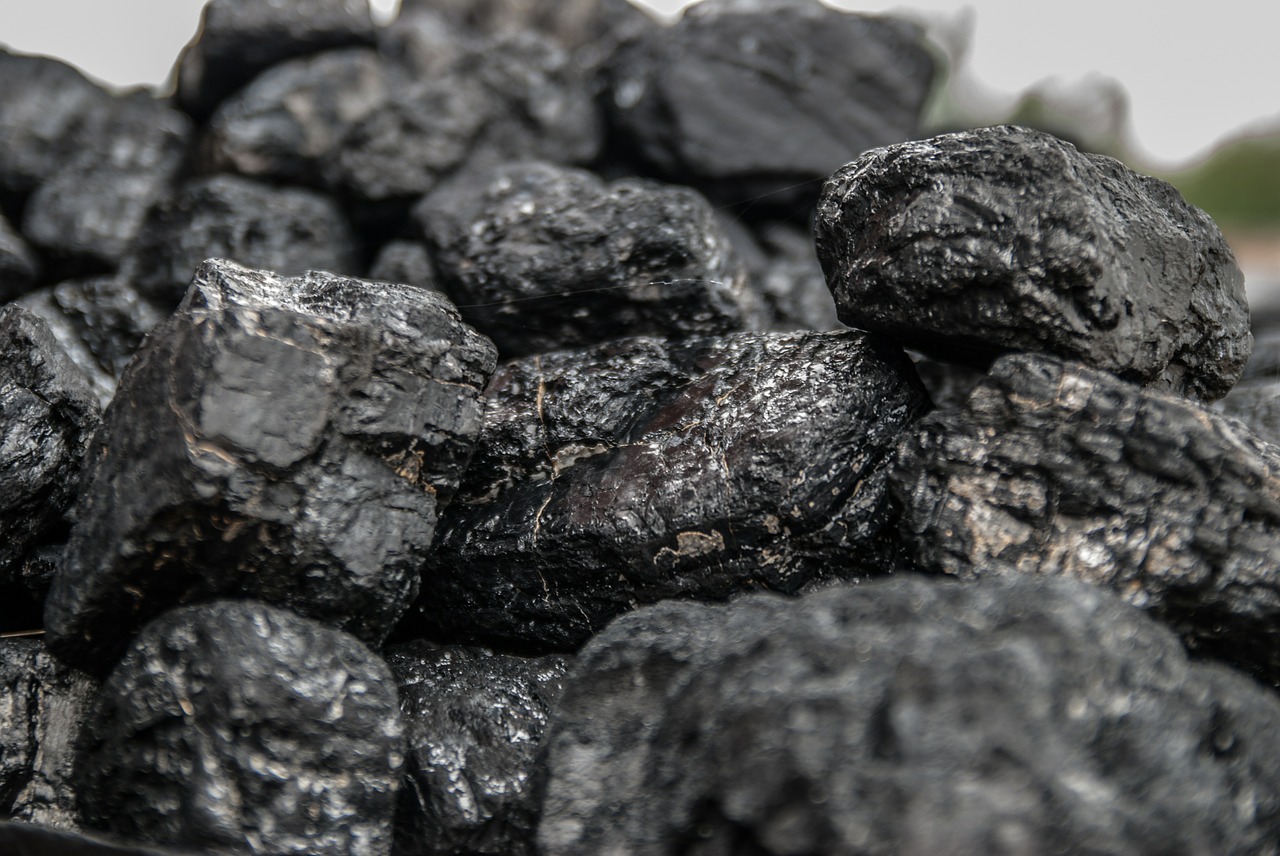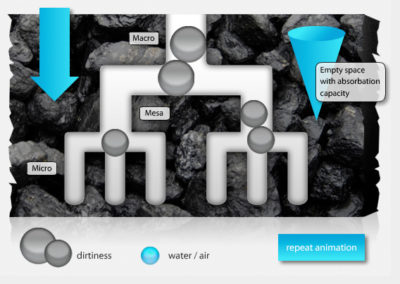activated carbon
Grand
Activated
What is activated carbon?
Activated carbon is a natural product made from hard coal or charcoal. The activation process produces pores in the inner carbon structure, creating a large surface area on which contaminants can be adsorbed. Different substances can be adsorbed depending on the size of the pores. Different types of activated carbon can be used to adsorb different chemicals. Activated carbon for the adsorption of microcontaminants, including pesticides, will have a higher number of micropores. Other charcoal types can be used to adsorb a variety of compounds and feature a more balanced ratio between macro, meso and micropores.
The figure shows a simple diagram of the adsorption process:
Environmental protection technologies
Climate change and human development pose many challenges for providing access to drinking water and preventing air pollution. Driven by the growing demand for tools which help to control new hazards, including drugs, heavy metals and pesticides, Grand Activated manufactures activated carbon in its Hajnówka production plant in the Eastern Poland. Activated carbon shows excellent adsorption properties and is mainly used at the final stage of water and sewage treatment, flue gas treatment to eliminate industrial air pollutants, and in production of pharmaceuticals and food supplements.



